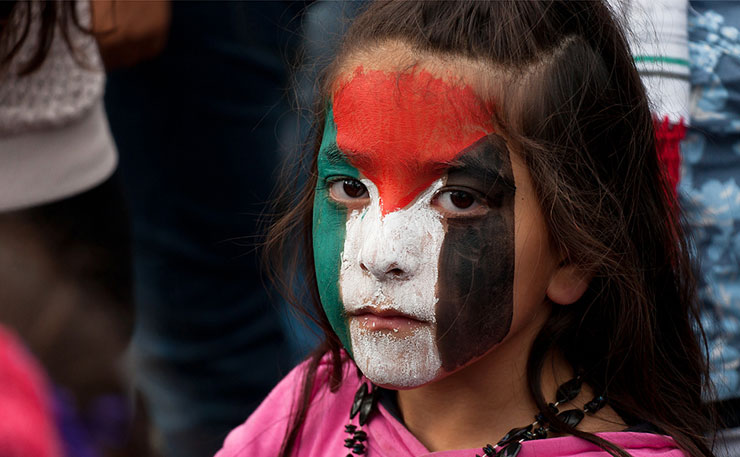Photo credit: Montecruz Foto
Context:
Women continue to be underrepresented in peacebuilding processes. Peace Science consistently shows that female inclusion is vital to the success and longevity of peace agreements.
In the News:
“In recent decades, a growing body of research has shown that when women’s groups are able to meaningfully influence peace processes, the resulting agreements are stronger and more likely to last. As a result, inclusive peace processes have gained traction internationally. Women made up over 30 percent of the negotiators of the 2016 Colombian peace agreement with the Revolutionary Armed Forces of Colombia (FARC), which was also the first peace process to include a Gender Subcommission. They participated at similar rates in the negotiation of the 2014 peace agreement between the Philippines government and the Moro Islamic Liberation Front, where they helped push for the inclusion of women’s civil society groups and gender provisions.”
“Cease-fires, however, remain the stubborn exception. They are often seen as standalone elements that deal mostly with military technicalities, so mediators may not find the inclusion of women’s groups particularly relevant at this early stage of a peace process. But new research from Inclusive Security reveals that from bringing warring parties to the peace table to defining the terms of the cease-fire and monitoring its implementation, women’s groups can help transform these fragile, tenuous agreements into more comprehensive, lasting peace processes.”
“In a study of 40 peace processes since the Cold War, researchers noted four reoccurring actions, the first being the frequency with which women mobilized to pressure warring parties into reaching a cease-fire. The second was the tendency of women’s groups to pressure parties to remain at the peace table until they reached an agreement. In none of the 40 cases did women’s groups organize against peace; in fact, they mobilized in favor of it more than any other group.”
Insight from Peace Science:
A study of civil war peace processes from 1991 to 2014 revealed that less than 10% meet women’s inclusion goals as envisioned in UNSCR 1325.
Additional research has found that when women are included in peace negotiations, the agreement is 64% less likely to fail. The same report showed women’s participation in peace processes makes long-term agreements 35 % more likely to last for at least 15 years.
“While the international community stresses the importance of including women at the peace table so peace processes will better represent their needs and interests, it is unclear what specifically this inclusion entails. Do women need to be negotiators, mediators? Do peace agreements adequately represent women’s interests when women are included?.”
“A woman-focused examination of all civil war peace processes reveals that less than 10% meet women’s inclusion as envisioned in UNSCR 1325…What emerges are three joint necessities: an explicit women’s agenda; access to the peace process; and advocacy within the process. The final sections problematize how even in all of these positive cases women had to fight to participate.”
References:
- “Women Make Peace Stick. When Only Men Sit at the Negotiating Table, Cease-Fires Fall Apart” by Olivia Hold-Ivry for Foreign Policy. August 24, 2018.
- Peace Science Digest (forthcoming). Ellerby, K. (2016). “A seat at the table is not enough: understanding women’s substantive representation in peace processes”. Peacebuilding, 4(2), 136-150.

